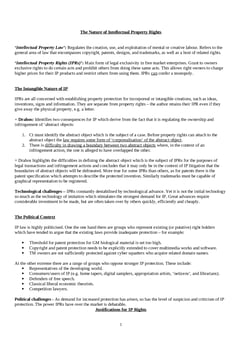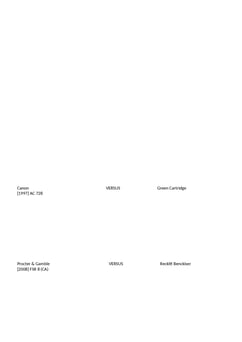Nova Productions v Mazooma Games [2006] EWHC 24 (Ch)
Judgement for the case Nova Productions v Mazooma Games
Table Of Contents
Claimant, a games manufacturer, had copyright in a computer game based upon pool.
-
Alleged that Defendant had infringed this copyright through the development of its own games, in form of:
Literary works (the original game designer’s notes and program he wrote to develop the game; and
Dramatic works (the visual experience provided by the game).
Artistic works (the bitmap graphics and frames generated and displayed to the user); ; was alleged that the combined effect of a number of freeze frame graphics was mimicked in the later game, and that this effect constituted an artistic work.
Held:
Chancery Court
Source code for producing a game constitutes a literary work.
-
The game itself is not a dramatic work
Is not intended to be performed in front of an audience; rather, what happens in the game depends upon the player’s actions
The features of the game alleged to be copied are also not capable of performance
CA
-
The series of still images do not constitute a graphic work.
Only one still image alone can constitute a graphic work.
Hence a series of static images cannot constitute a graphic work (and therefore an artistic work).
Parliament obviously created copyright for moving images under the notion of copyright in film in CDPA 1988.
For Further Study on Nova Productions v Mazooma Games

IP law notes fully updated for recent exams at Oxford and Cambridge. Th...
Need instant answers? Our AI exam tutor is here to help.
Ask questions 🙋 Get answers 📔 It's simple 👁️👄👁️
Our AI is educated by the highest scoring students across all subjects and schools. Join hundreds of your peers today.
Get StartedSimilar Cases
Related Product Samples
These product samples contain the same concepts we cover in this case.

 Since 2010, Oxbridge Notes has been a trusted education marketplace, supplying high-quality materials from top achievers at universities like Oxford, Cambridge, LSE, Harvard, and Yale.
Since 2010, Oxbridge Notes has been a trusted education marketplace, supplying high-quality materials from top achievers at universities like Oxford, Cambridge, LSE, Harvard, and Yale.